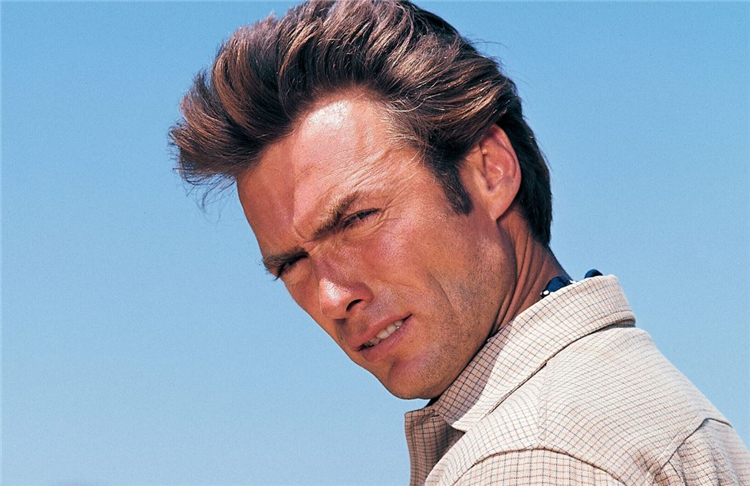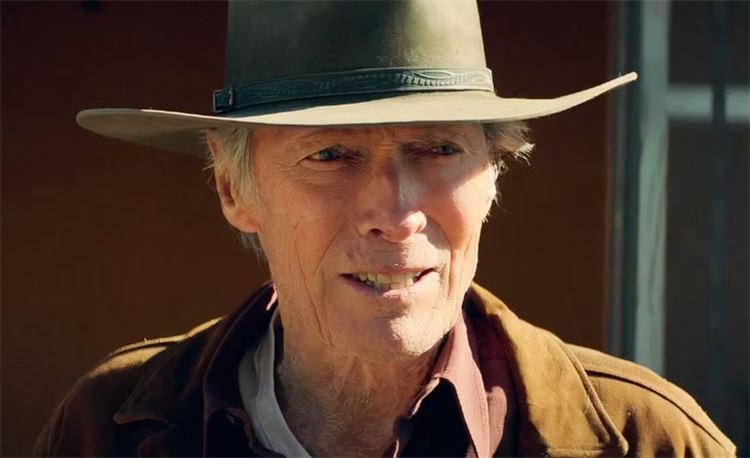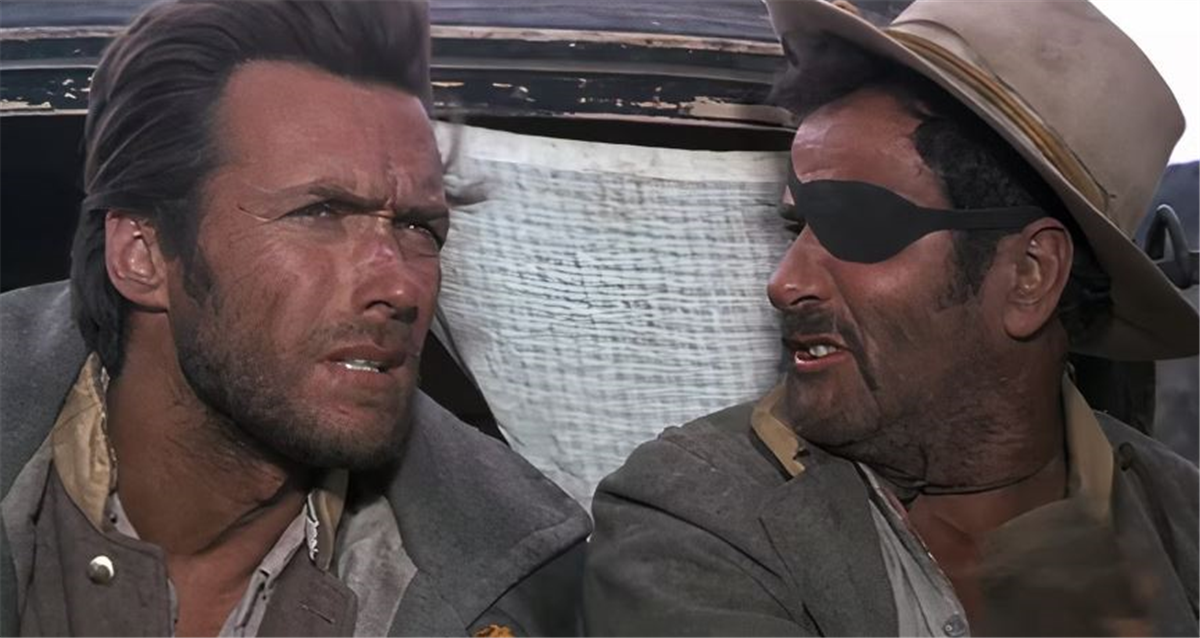One of the benefits of being Clint Eastwood is that because he’s Clint Eastwood, people are more often than not inclined to give him exactly what he wants, which comes with the territory when the actor and filmmaker is an icon on both sides of the camera.
Having emerged as one of the biggest stars in Hollywood in the 1960s after headlining Sergio Leone’s seminal Dollars trilogy, Eastwood continued racking up box office hits without a care in the world, reaffirming his credentials as a bankable name and a performer so popular they could entice a crowd to their local multiplex based on reputation alone.
However, keen to avoid the perils of being typecast as a cowboy or a cop in the aftermath of his western success and the genre-defining Dirty Harry, Eastwood broadened his horizons by playing an everyman and making his directorial debut on 1971’s dramatic thriller Play Misty for Me.

That didn’t mean he completely turned his back on the western, though, with Eastwood’s sophomore directorial effort coming on High Plains Drifter. That being said, he was well-versed enough in traversing the wide-open plains of America as a performer and director that when one of his acting roles wasn’t turning out as he’d imagined, the A-lister flexed his authoritative muscles and took charge.
When The Outlaw Josey Wales was first announced in 1975, Eastwood was only playing the title character and producing through his Malpaso Productions banner. Philip Kaufman had been drafted in to wield the megaphone on the adaptation of Forrest Carter’s novel Gone to Texas, but after a few weeks of shooting, the leading man decided that a change was needed.
The two had been at loggerheads since day one, with Kaufman’s approach causing Eastwood to grow increasingly frustrated and exasperated. Things came to a head when the star instructed fellow producer Bob Daley to hand Kaufman his marching orders, with Eastwood forcibly removing the filmmaker from his position and taking over to make The Outlaw Josey Wales his fifth feature.

Kaufman’s credit was reduced to a co-writer on the screenplay, and the Directors Guild of America was up in arms. Even though the original director had overseen the shooting schedule and laid the groundwork for his replacement to steer The Outlaw Josey Wales across the finish line with minimal fuss, Eastwood accepted a fine after refusing to reverse the cold-hearted call to give him the boot.
It’s an excellent movie that’s not only one of Eastwood’s personal favourites but one of the finest films he’s ever been a part of in any capacity, but the circumstances of Kaufman’s dismissal sent shockwaves around Hollywood that completely altered the complexion of the industry.
In response, the DGA implemented new regulations that colloquially became known as the ‘Eastwood Rule’, which for almost half a century has ensured that any actors or producers who find themselves with no other option but to fire a director from a project are forbidden from assuming their position. It was a kick in the teeth of Kaufman, but one positive for The Outlaw Josey Wales is that a classic emerged on the other side of the turmoil.
